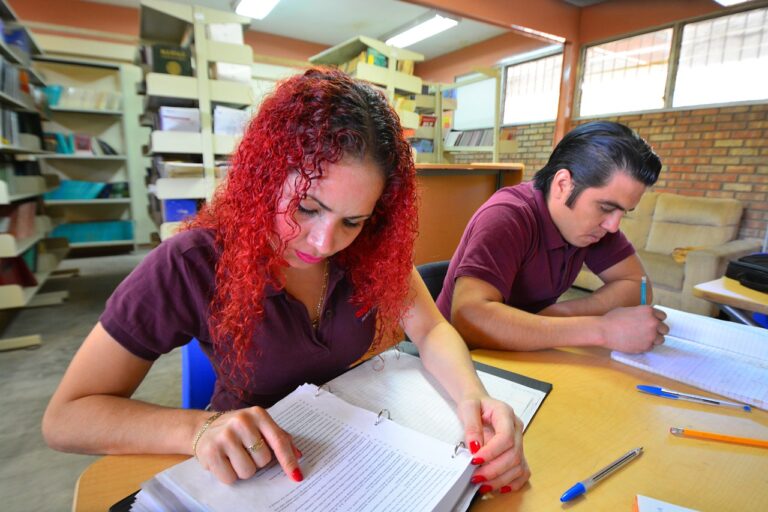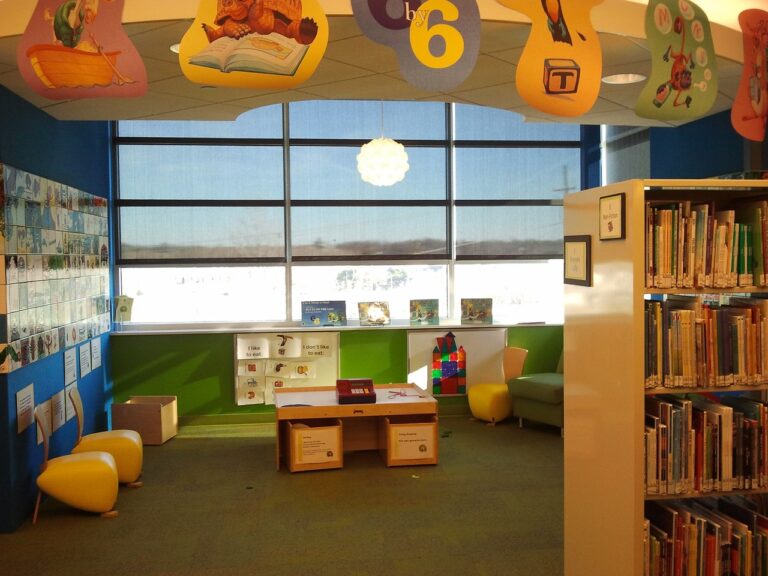Understanding the Impact of Socioeconomic Status on Educational Attainment: Addressing Equity in Education
Socioeconomic status has been consistently linked to academic performance in various studies. Research shows that students from higher socioeconomic backgrounds tend to achieve better academic outcomes compared to their peers from lower socioeconomic backgrounds. This disparity can be attributed to a variety of factors, including access to resources, parental involvement in education, and the quality of schools in different neighborhoods.
Furthermore, socioeconomic status can impact the level of stress and mental health of students, which in turn can affect their academic performance. Students from low-income families may experience higher levels of stress due to financial insecurity, lack of access to educational opportunities, and the pressure to succeed despite facing numerous challenges. These stressors can create barriers to effective learning and contribute to the academic achievement gap between students of different socioeconomic backgrounds.
Challenges Faced by Students from Low Socioeconomic Backgrounds
Students coming from low socioeconomic backgrounds encounter numerous challenges that can hinder their academic success. One major issue is the lack of access to adequate resources such as textbooks, technology, and educational materials. Without these essentials, students may struggle to keep up with their peers, leading to gaps in knowledge and understanding.
Furthermore, students from low-income families often face socioemotional challenges that can impact their academic performance. Living in financially strained environments can contribute to increased stress and anxiety levels, making it difficult for students to focus on their studies. Additionally, the lack of support systems at home may limit their ability to seek help or guidance when facing academic difficulties.
Inequities in Access to Resources and Opportunities in Education
Access to resources and opportunities in education varies significantly among students, leading to inequities in academic success. Students hailing from low socioeconomic backgrounds often face challenges in accessing necessary resources such as textbooks, technology, tutoring services, and extracurricular activities. This lack of access can hinder their ability to keep up with their peers and reach their full academic potential, perpetuating the cycle of inequality in education.
Additionally, disparities in opportunities within the education system can further widen the achievement gap between students of different socioeconomic statuses. Affluent students may have greater access to advanced placement courses, specialized programs, and educational experiences that can significantly enhance their academic outcomes. On the contrary, students from low-income families may not have the same opportunities available to them, limiting their chances for academic success and future prospects.
• Students from low socioeconomic backgrounds often lack access to textbooks, technology, tutoring services, and extracurricular activities
• This lack of resources can hinder their academic potential and perpetuate inequality in education
• Affluent students may have greater access to advanced placement courses, specialized programs, and educational experiences
• Disparities in opportunities within the education system can widen the achievement gap between students of different socioeconomic statuses
How does socioeconomic status impact academic performance?
Research shows that students from higher socioeconomic backgrounds tend to have better academic outcomes compared to students from lower socioeconomic backgrounds.
What challenges do students from low socioeconomic backgrounds face in education?
Students from low socioeconomic backgrounds often face challenges such as lack of access to resources like textbooks, technology, and extracurricular activities, as well as limited opportunities for academic support and enrichment.
What are some examples of inequities in access to resources and opportunities in education?
Inequities in access to resources and opportunities in education can include disparities in funding for schools, unequal access to advanced placement courses, and limited access to college counseling and support services.
How can we address inequities in education related to socioeconomic status?
Strategies to address inequities in education related to socioeconomic status include increasing funding for schools in low-income areas, providing additional support services for students in need, and promoting policies that reduce disparities in access to resources and opportunities.





